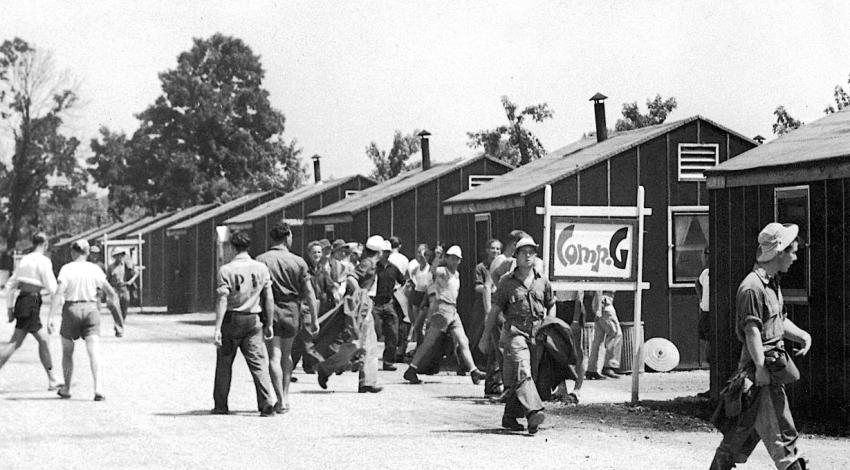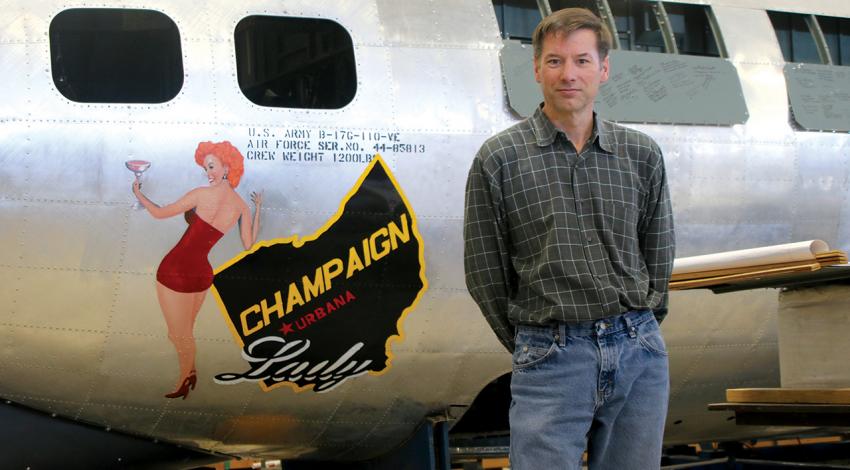Camp Perry, on the Ohio shores of western Lake Erie a few miles west of Port Clinton, boasts the second-largest outdoor rifle range in the country.
The United States maintained nearly 700 camps, in all but three states, during the war — established to help alleviate the overcrowding of POWs housed in Great Britain. Had just Italian (50,273) and Japanese (3,915) POWs been sent to the U.S., existing American camps could have handled those numbers. But late in the war, as Allied troops began to take control, an additional 371,683 German prisoners began debarking from troop ships onto America’s shores, and the POW prison system was quickly overwhelmed. U.S.










